8 Types of Food Thermometers: What You Need To Know
March 21, 2018Food thermometers are essential restaurant supplies for your commercial kitchen.
They ensure that foods prepared in your commercial kitchen are cooked to the right temperature and held at that temperature for as long as necessary to kill any harmful bacteria. This makes these restaurant supplies a valuable safety tool in your kitchen.
But these restaurant supplies are not all the same. There are a number of different types, each designed to serve different purposes. Let’s take a look at the types of food thermometers available, and what makes them different from each other.
1. Thermocouples
Thermocouples read temperatures very fast – in as little as 2-5 seconds. These restaurant supplies are very versatile and can measure both thick and thin foods. They can be calibrated for easy reading. Unfortunately, they are highly inaccurate during cooking and are best used when the food is nearly cooked, for accurate results. Being rather sensitive restaurant supplies, thermocouples are not safe for oven usage.
2. Thermistors (Digital Instant Read)
Thermistors are great restaurant supplies that provide fast and accurate readings. A thermistor can be used to measure temperature in both thick and thin foods. However, not all models can be calibrated, and they cannot be used in food while cooking.
3. Oven Probe Cord Thermometers
Oven probe cord thermometers are versatile restaurant supplies that can be used in the temperature measurement of most foods. They are specifically designed for use inside an oven or covered pot while cooking, but can also be used outside the oven. The main downside is that they are not calibrated.
4. Thermometer-Fork Combination
A typical thermometer-fork combination reads temperatures in 2 – 10 seconds. These are versatile restaurant supplies that can be used in most foods. Thanks to their fork-like nature, they are highly convenient for use when grilling. Thermometer-forks cannot be used until your food is almost done cooking.
5. Dial Oven-Safe Bimetallic Thermometers
Dial bimetallic thermometers read temperatures in 1 – 2 minutes. This is much slower than most thermometers on this list. However, unlike many on the list, these restaurant supplies can be used in foods while cooking – although they have to be placed at least 2 inches deep for accuracy. These restaurant supplies are a good fit for roasts, soups and casseroles, but are not advisable for use when preparing thin foods. Due to the metallic nature of these thermometers, they are able to easily conduct heat and do not always provide accurate readings.
6. Digital Instant-Read Bimetallic Thermometers
Digital bimetallic thermometers are handy restaurant supplies provide fast and accurate readings. However, like many others on this list, they cannot be used while food is still cooking, but they can be used in both thick and thin foods. For those conscious of calibration, be sure to check if the model you’re considering is calibrated.
7. Disposable Temperature Indicators
Disposable temperature indicators are, as their name implies, single-use restaurant supplies. They provide accurate temperature readings in 5 – 10 seconds. Great for liquid foods, these thermometers are designed to measure food temperature while cooking. They are programmed to detect a specific temperature, changing colors when that temperature is attained.
8. Pop-up timers
Another type of single-use thermometer, these restaurant supplies “pop up” when food reaches a certain temperature. They are most often used when roasting turkeys and chickens. Combining pop-up timers with other conventional food thermometers will provide you with the best results.
Your choice of an appropriate food thermometer for your commercial or residential kitchen will depend on what you hope to achieve with one. Consider the pros and cons of each type of thermometer before selecting the right one (or ones) for your needs.
5 Keys to Creating the Perfect Restaurant Seating Areas
Restaurants are about so much more than just food. From the setting and layout of your restaurant to your choice of colors, it takes a lot more than an appealing menu to keep diners coming back for more. When setting up your restaurant, booths and chairs are important...
5 Essential Buying Tips for Your Next Food Prep Work Table
The right foodservice equipment is pivotal to the efficiency of your kitchen. One of the most important types of foodservice equipment for any kitchen is the work table. With limited room on countertops available for your food prep needs, the cooking process can drag...
Tips for Keeping Your Commercial Sink Sparkling Clean
Your commercial kitchen, just like your personal kitchen, must be kept clean at all times. With all of the cooking and food processing you do, it is inevitable that your sink gets messy. Cleaning up your commercial kitchen is incomplete without proper cleaning of your...
Food-Cutting Secrets to Beautiful Dishes
In the restaurant industry, presentation is often said to be just as important as the food itself. Using the right knowledge, skills and restaurant supplies, you can incorporate creativity into your presentation, making guests feel that they are getting something...
Top Space-Saving Tips for Commercial Kitchens
Top Space-Saving Tips for Commercial Kitchens Space is always an important consideration when setting up a kitchen, and this is even truer for commercial kitchens. With a strong focus on functionality and the kitchen supplies that meet the needs of your commercial...
5 Ways to Get the Most Out of Your Mixer
No one wants to eat off of dirty or tarnished silverware. A stand mixer is a highly useful piece of kitchen equipment to invest in. Although this type of kitchen equipment does not usually come cheap, it can last a lifetime when properly cared for. Despite all your...
Restaurant Prep Tool Selection Simplified
What’s a restaurant kitchen without high-quality prep tools that can withstand the pressure of frequent use? Whether you already have a restaurant you’re running, or you’re just planning to launch one, one vital factor that could make or mar your business is how you...
Beginner’s Guide to Choosing a Commercial Ice Cream Freezer
Ice cream is a delicious and appealing desert treat for everyone, young or old. Having made the decision to sell ice cream to your customers, whether you have a restaurant, convenience store, or specialty ice cream parlor, it is time to begin stocking up on the right...
How to Choose the Right Kitchen Scales for Your Restaurant
A food scale is an essential item in every restaurant’s store of kitchen supplies. Designed to take the guesswork out of food measurement and maintain consistent food serving sizes, food scales are indispensable kitchen supplies in the commercial kitchen. With such a...
Beer Chilling Systems: Which Type Is Right for My Restaurant?
A refrigeration unit is integral to the functioning of any restaurant. Beers are best served cold - there’s no questioning that! But which beer chilling system is the best? From reach-in coolers to glycol chillers, a beer chilling system is an important piece of...
What Equipment Will I Need to run a Food Truck?
There’s a lot of planning that goes into starting your own food truck business. Before you hit the road with your delicious food offerings, you’ll need to fill up your truck with all the right foodservice equipment. Considering the lengthy list of possible items to be...
How to Identify the Best Food Processor for Your Needs
Highly versatile and extremely efficient, food processors are designed to take away the hard work from repetitive kitchen activities. This type of cooking equipment can quickly become an invaluable tool in your kitchen. From chopping, to shredding, grinding, mincing,...
6 Keys to Choosing the Best Chafing Dishes for Your Restaurant
The chafing dish, also known as the chafer, is an essential piece of restaurant equipment for any establishment that wants to keep food hot. This type of restaurant equipment gets its name from the French word, chauffer, which means to heat, and it’s easy to see why....
Turning up the Dial on Commercial Fryers: How to Choose One for Your Restaurant
Fried food is a well-loved favorite. This is a fact. It also makes a fryer an important piece of equipment to have in your commercial kitchen. Just consider how many appetizers and sides require frying: onion rings, French fries, and fried green tomatoes are just a...
What’s in a Cooking Pot, How to Choose the Right One?
As a restaurant owner, your cooking needs might vary. Did you know that a good quality pot can greatly improve your cooking experience, while also improving the quality of your cooking? This cooking equipment is a very important one that cannot be done away with...

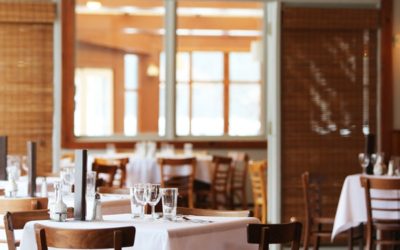


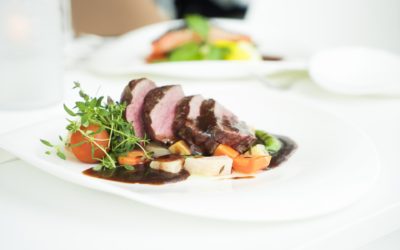
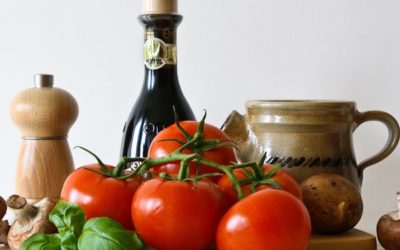
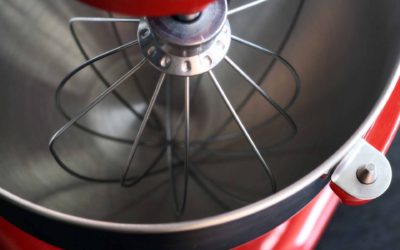
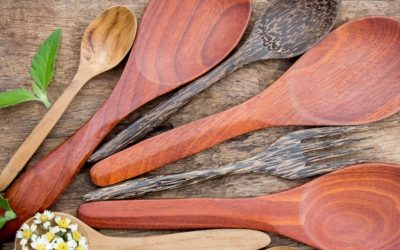
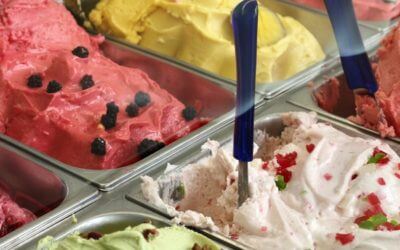

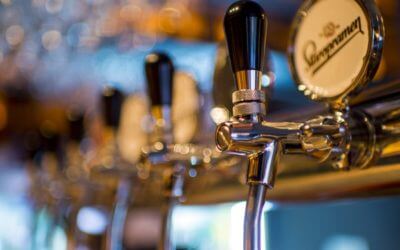


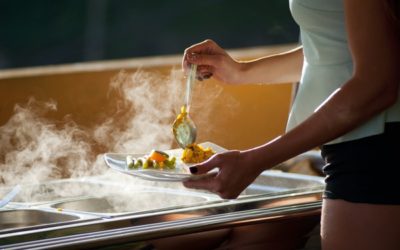
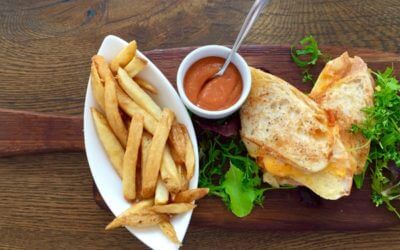
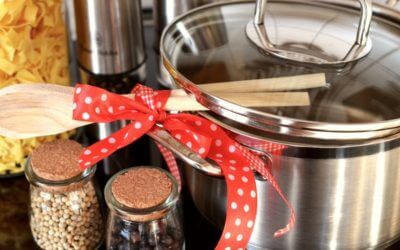
Using these tools of the trade, takes the guess work out of cooking foods to the right temperature,and gives you the
assurance that foods served have met the proper temperature requirements.